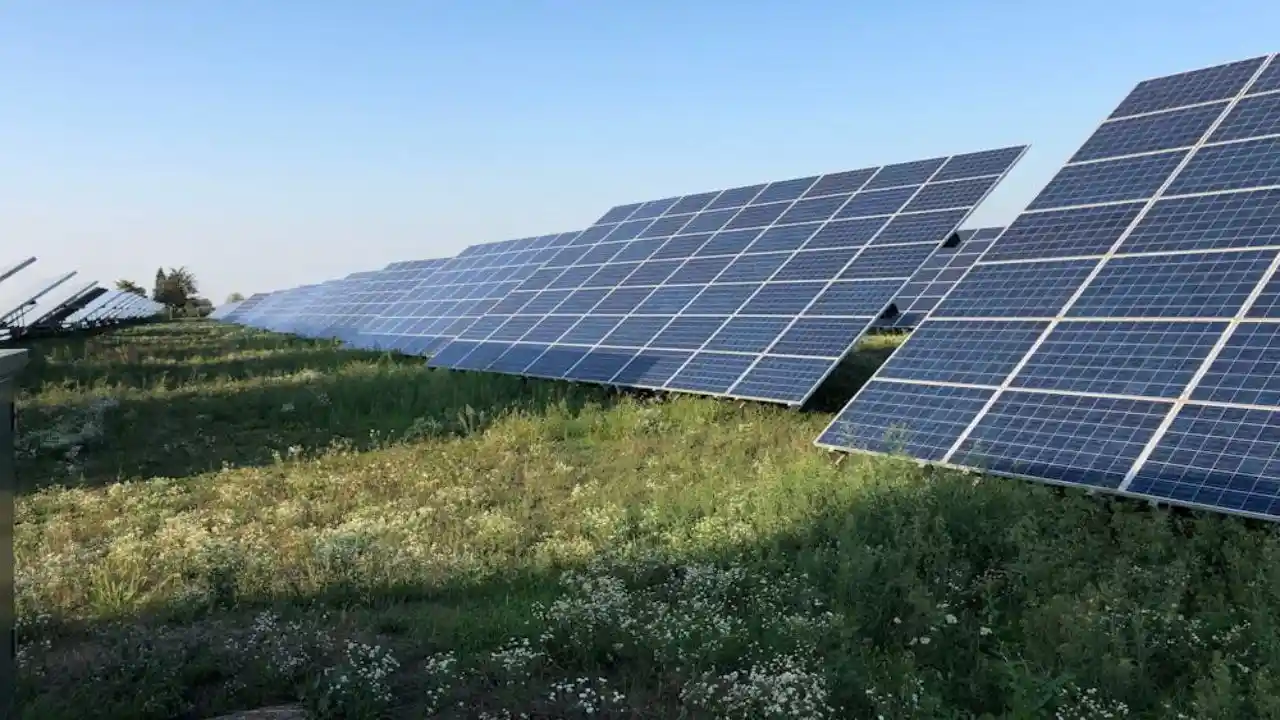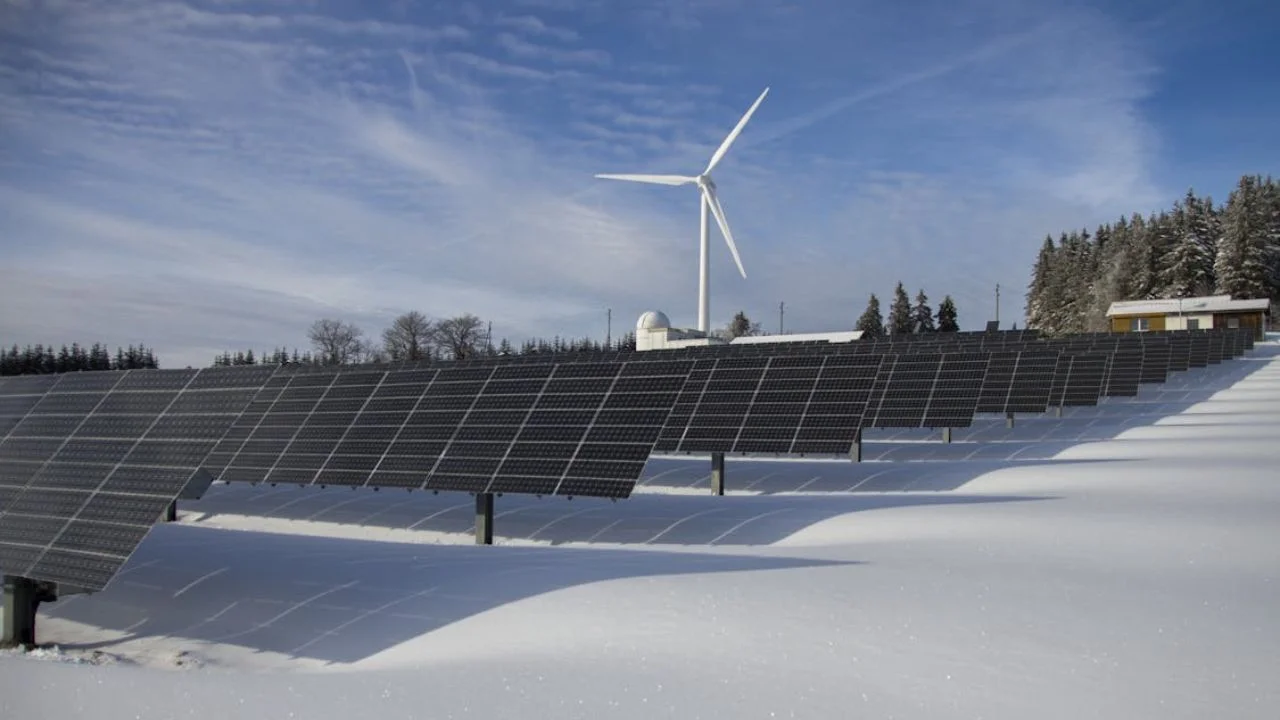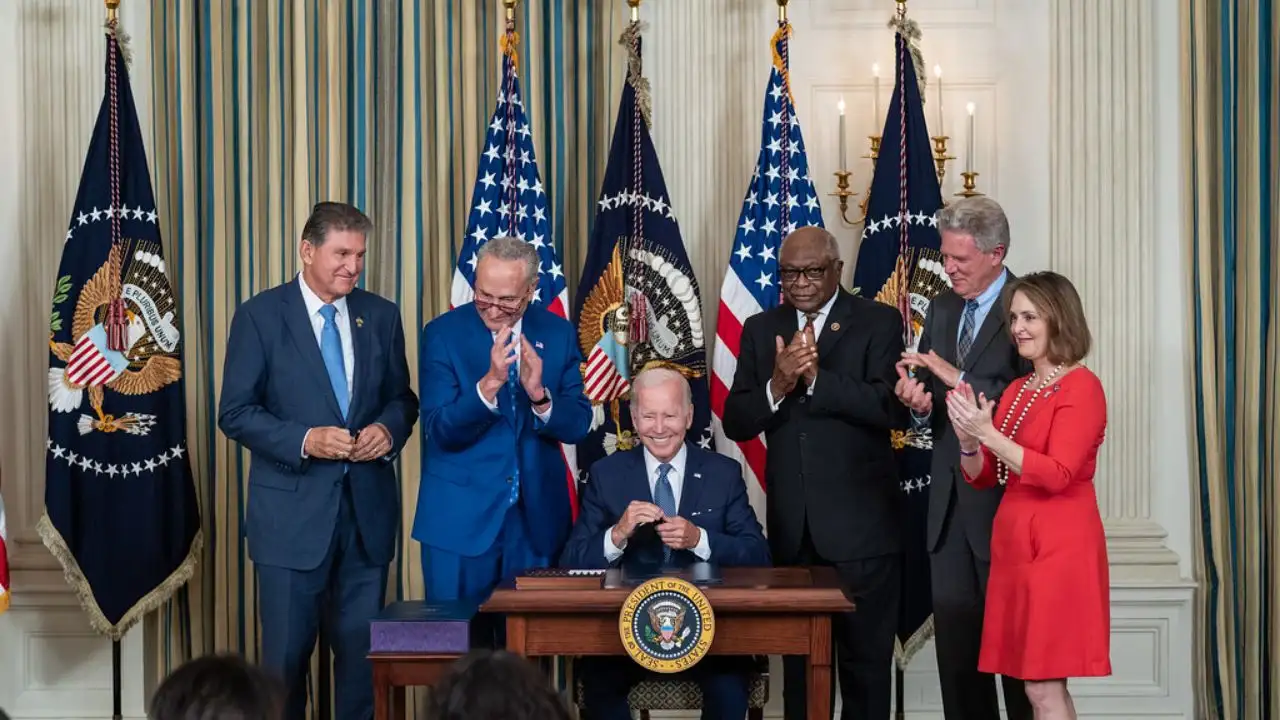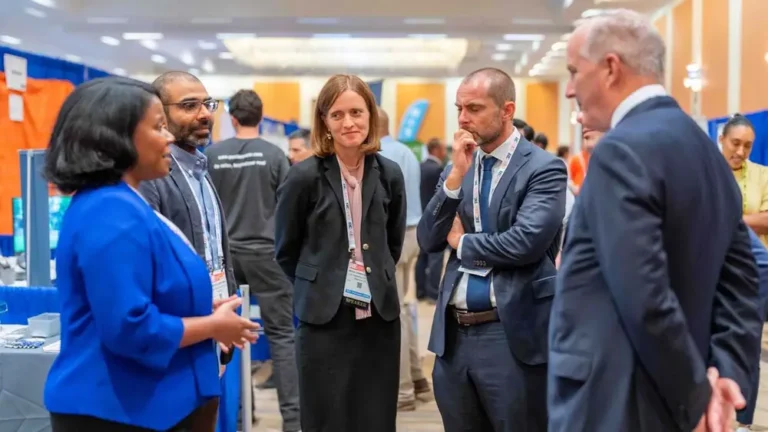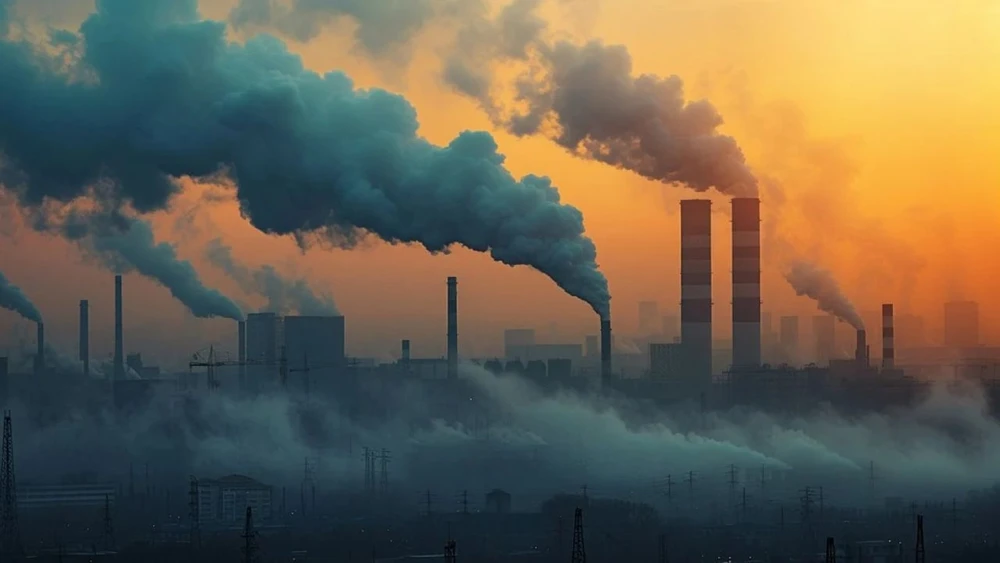
- The Department of Energy has announced $58.5 million funding for carbon dioxide removal projects
- US Department of Energy to Finance Pilot Projects Reducing CO2 Pollution from Atmosphere
- Funding for Research and Development on Carbon Removal through Biomass Use, Enhanced Weathering, and Storage
- This action contributes to the implementation of the Biden-Harris administration’s climate and clean energy goals.
The U.S. Department of Energy (DOE) has allocated $58.5 million into enhancing the technologies that would remove CO2 carbon from the atmosphere. This is part of what the department does to ensure that it has a clean environment as a step to have a future-friendly setting. Eleven projects across the country will benefit from this funding.
Eleven projects around the United States will get funding under this portfolio. The funding will facilitate testing and upscaling of several carbon removal technologies.
Also read: Greening Secures EPC Contract for 60MWac Solar Project in Indiana
DOE investment in carbon removal projects is demand-driven to reduce CO2 levels while there is a need to limit global warming. These funds are towards pilot programs designed to be tested at higher scales and bigger dimensions, hence commercially viable. As Assistant Secretary for Fossil Energy and Carbon Management, Brad Crabtree emphasizes deployment of such technologies is paramount in meeting the current administration’s clean energy goals.
To meet the increasing imperative of climate change, DOE launched its ambitious Carbon Negative Shot program in 2021 under the larger umbrella of Energy Earthshots. The program aims to get the cost of removing CO2 from the atmosphere under $100 per metric ton by 2032—an important step toward reducing the carbon footprint of the nation.
Eleven projects are funded, focusing on carbon removal in general using biomass and enhanced mineralization. In one, Mote, Inc. in Los Angeles, California, will convert wood waste into hydrogen, capturing carbon dioxide in the process. In another, Arbor Energy and Resources Corporation will create power and store carbon in biomass from forest wastes in El Segundo, California.
Also read: Supreme Court Denies Pause on EPA Carbon Emissions Rule
In addition, four of the projects are on enhanced mineralization technology that potentially locks CO2 into the ground. Soil weathering by Stanford University will be tested with a probability of capturing CO2 as bicarbonate, and Northwestern University will execute mineralization techniques to help Midwest farmers in carrying carbon in stable form.
Besides the pilot programs, the two testbed facilities will be scaled up to support several carbon removal approaches. The Arizona State University will evaluate several technologies, including direct air capture systems and biomass conversion, while the University of North Dakota will focus on a process transition in carbon removal methods from lab-scale concepts to pilot-scale systems.
These projects are not about developing technologies only. As part of their applications, selected teams were also to submit Research and Development Community Benefits Plans. Such plans detail their commitments to quality job creation and diversity, among other plans, through benefits to disadvantaged communities in alignment with the Justice40 initiative.
Also read: Latest Government Policies & Regulations News on Renewable Energy
The carbon dioxide removal investment made by the U.S. Department of Energy (DOE) is a significant stride towards a climate change solution. Through the piloting of projects and continued development of carbon capture technologies, the agency hopes to have a really worthwhile contribution to the necessary drawdown of atmospheric CO2. Indeed, as the projects scale up, they might well play a key role in forming a cleaner, more equitable energy economy, leading toward a more sustainable future.

